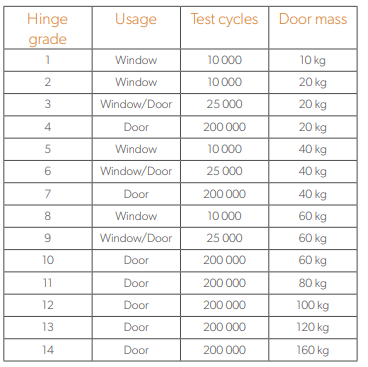What’s the difference between the Classroom and Anti Barricade functions on a lock cylinder?
What’s the difference between the Classroom and Anti Barricade functions on a lock cylinder?
Classroom Function and Anti Barricade Function are two upgrades available on the cylinders that we supply. Both are specialist options for different scenarios but it can be easy to get them confused. Here we set out the differences and when you might need to use them;
Classroom Function
This function, as you would imagine from the name, is used mainly in schools on classroom doors.
Generally classroom doors are required to be lockable, however an internal thumbturn is used for rapid egress in the event of a fire. The difficulty with this is that students can potentially lock the door from the inside and even hold the thumbturn in the locked position, preventing it from being unlocked from the outside.
The Classroom Function is a way of preventing this from happening. Put simply, it allows the internal thumbturn to rotate only in one direction. Hence a door can only be unlocked from the inside, not locked. The mechanism is handed left or right depending on which way the lock operates – it’s important to check the handing is correct otherwise it will have the opposite effect and only allow the thumbturn to lock the door but not unlock it!
Simply specify if you want the thumbturn to rotate clockwise or anti-clockwise when ordering.
If the handing ends up being incorrect for any reason, the mechanism can always be reversed on site and we supply the kit to do this.
Anti Barricade Function
Again, the name says it all. The Anti Barricade Function uses a clutch mechanism within the cylinder to allow the key to operate and unlock the door even when the thumbturn is being held in the locked position on the inside. Hence it helps to prevent someone from barricading themselves into a room.
This function is often specified in psychiatric units or hospitals and enables staff to gain access in an emergency without damage to the lock or door.
Anti Barricade Cylinders are not handed, so they are more straightforward to supply and install than the Classroom Function Cylinders. However they don’t prevent the door being locked from inside the room. This has traditionally meant that this function has not been used in schools. However, with the increasing need for lock-down procedures in schools it’s become important to be able to lock classroom doors from the inside, meaning that the Anti Barricade function is becoming far more widely specified for these environments.
Please do get in touch if we can help you further with specialist ironmongery requirements. We are trade only suppliers to commercial and refurbishment contractors, fire door manufacturers and installers, facilities management and maintenance companies.
Review of this page due September 2024. Please note that advice given is advisory only and to the best of our knowledge at time of writing. We cannot be held responsible for loss or damage incurred as a result of actions taken based on this article.

